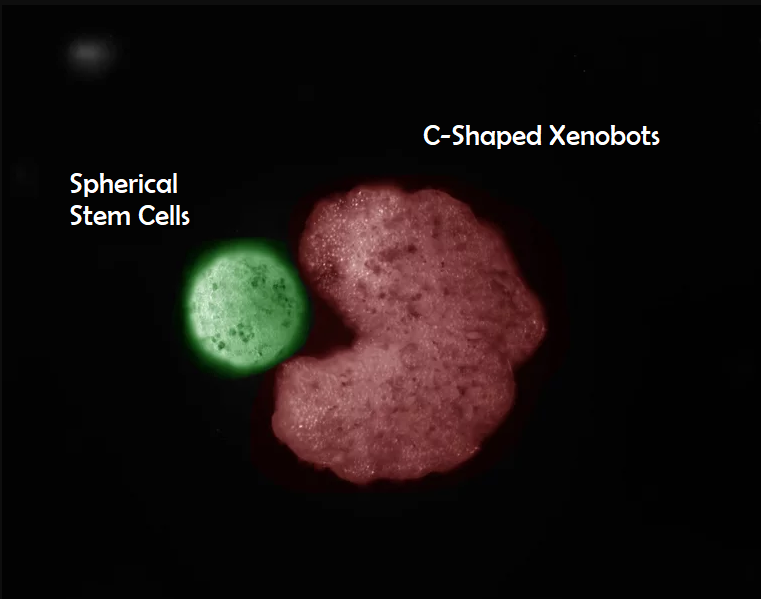Zero budget natural farming is back on top of the Government’s agenda with Prime Minister all set to highlight it at a national conclave.
The Centre will support the States to improve ZBNF under the Paramparagat Krishi Vikas Yojana.
But, the agricultural scientists had expressed concern about a wholesale shift to unproven methods.
Reference
Nearly 2,000 dogs in Amravati city were affected by canine parvovirus virus with veterinarians cautioning pet owners against a severe outbreak.
Reference
Punjab’a wildlife preservation wing has reintroduced the Gharials in the rivers of Punjab where it had become extinct half a century ago.
Population of Gharials are a good indicator of clean river water.
|
Protection Status |
|
|
IUCN Red List of Species |
Critically Endangered |
|
CITES |
Appendix I |
|
Wildlife (Protection) Act, 1972 |
Schedule I |

Reference
Recently, the India Meteorological Department (IMD) has predicted a cold wave in parts of Punjab, Haryana, Chandigarh, Gujarat, Rajasthan and Uttar Pradesh over the next few days.
The ‘normal’ temperature is calculated for every 5 days by taking the average temperature for these days over the past 30 years.
Reference
Scientists have witnessed a never-before-seen type of self-replication in world’s first living robots (xenobots) created in the lab using frog cells.

Reference